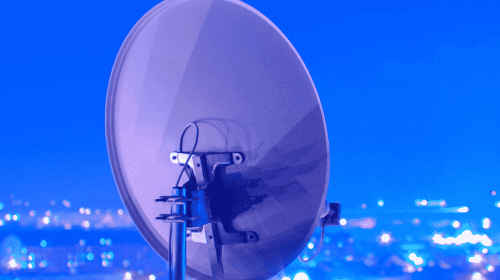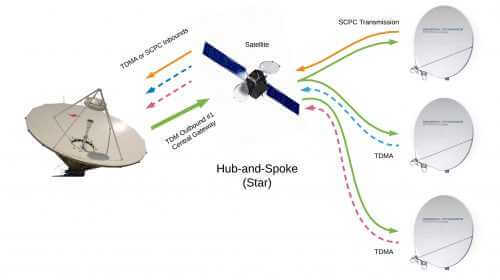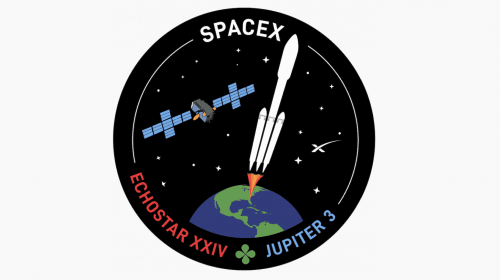Bridging Satellite and Terrestrial Networks with SES Partnership
Nov 08, 2025
Two pioneering satellite companies, Lynk Global and Omnispace, have announced plans to merge in a transformative move that will reshape global Direct-to-Device (D2D) connectivity. This strategic union brings together complementary assets—including advanced technologies, valuable spectrum holdings, and deep market expertise—to create a comprehensive, satellite-powered communications platform with worldwide reach. The combined company aims to close the longstanding divide between conventional satellite networks and terrestrial mobile infrastructure, establishing a seamless, integrated system for universal connectivity. SES, a leading global satellite operator and existing investor in both Lynk Global and Omnispace, will become a major shareholder in the new entity, underscoring strong industry endorsement of the merger’s vision and growth potential.
 Lynk Global promo. Credit: Lynk Global
Lynk Global promo. Credit: Lynk Global
The combined company will leverage the strong base of Omnispace in the spectrum rights and international regulatory approvals that will enable worldwide rollout. Omnispace provides 60 megahertz of S-band spectrum, globally harmonized and supported by high-priority filings at the International Telecommunication Union (ITU) for D2D applications. Its licensed mobile satellite spectrum is compliant with 3GPP non-terrestrial network (NTN) standards and national regulatory standards in many countries. Importantly, Omnispace boasts the largest market access footprint in the S-band industry, through which it can deliver its services to more than a billion individuals in the Americas, Europe, Africa, and Asia, providing the new company with an immediate and extensive geographic footprint with which it can scale its services.
Lynk Global is a value addition with proven, inexpensive satellite technology that will greatly enhance the competitiveness of the new organization in the ever-changing connectivity environment. Its proprietary, patentable multi-spectrum satellite platform enables backward-compatible provision of mobile voice and messaging services to over seven billion smartphones and IoT devices. The combination of a state-of-the-art satellite technology of Lynk with a high-grade S-band spectrum offered by Omnispace will provide an opportunity to the newly formed company with valuable performance in data, voice, and messaging of next-generation smartphones, IoT ecosystems, and connected vehicles. Besides, the well-developed relationships with more than 50 mobile network operators (MNOs) in over 50 countries provide the merged organization with immediate access to the market and immediate revenue stream in the nearest future, which will allow enhanced D2D offerings to be quickly adopted in different locations and customer groups.
The new company will also enhance the strategic partnership of SES as it will have access to its vast multi-orbit satellite network and the globally spread ground infrastructure. Critical engineering, operations, and regulatory compliance support will be offered by the satellite leader, whose support will be critical to the success of the merged entity. SES perceives the merger as strategic in solidifying its leadership position in the high-growth D2D and IoT connectivity markets, which is fully consistent with its higher diversification objectives. The combination of its infrastructure with the innovative satellite technology of Lynk and Omnispace’s spectrum means that SES is strategizing to seize new horizons and satisfy the growing demand of reliable, everywhere connectivity.
The management of the new merged firm has been established, and Ramu Potarazu will be the Chief Executive Officer and Ram Viswanathan will be the Chief Strategy Officer. The two executives have expressed confidence concerning the merger and have confirmed that the merger will give the company the asset base to deliver dependable mobile connectivity to remote, rural and underserved communities across the world. Lynk Global was established in 2017 and has already been able to set some key milestones, such as sending the first text message with the help of an orbiting satellite to an unmodified mobile phone. The deal is projected to close at the end of 2025 or the beginning of 2026 and the new organization will be in a position to accelerate its mission of providing universal mobile access, and particularly in places hit by natural disasters or where the conventional infrastructure is not available.





